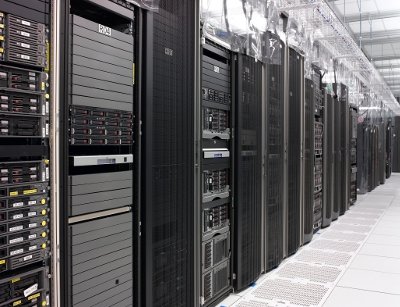HP has launched a new research facility in Fort Collins, Colorado, where it will be testing a range of its solutions with the goal of reducing the amount of energy it takes to process IT workloads.
The facility's 50,000-sq-ft data center has been populated strictly with HP hardware, Doug Oathout, VP of green IT at HP, told DatacenterDynamics.
"We're really going to work on advanced analytics," he said. "We're going work on cooling microgrids, and we're really going to work on sophisticated resource management. Being able to map all three of those together is what our research team is working on."
HP wants to turn all of the solutions developed at the data center into products as quickly as possible.
Real HP workloads have been moved to the facility from the company's 13 data centers around the US. Researchers will place a lot of focus on workload mobility in correlation with available power and cooling resources, Oathout said. This includes workload mobility both within a single data center and among multiple sites.
Most of the data center's cooling capacity comes from a waterside economizer and an airside economizer. It does have a chiller, but Oathout says it will only be used to supplement cooling capacity achieved through economization.
The waterside economizer can supply cooling 95% of the time and the airside economizer can provide cooling 75% of the time in the winter, 66% of the time in the summer and between 25% and 35% of the time in the summer.
A key objective of this research facility is to be able to map cooling capacity to the amount of workload that needs to be done. Together with workload-mobility capabilities, this can allow for IT work to be shifted in order to avoid using the chiller.
"Either you don't get it done or you shift [the workload] to another facility," Oathout said.
Grid demand response can be another use for such advanced resource-management capabilities.
The data center is peppered with more than 8,000 environmental sensors, collecting data on everything from humidity to airflow.
The facility is housed in a retrofitted HP office building. It came online about four months ago and has since been populated with about 10,000 servers.

